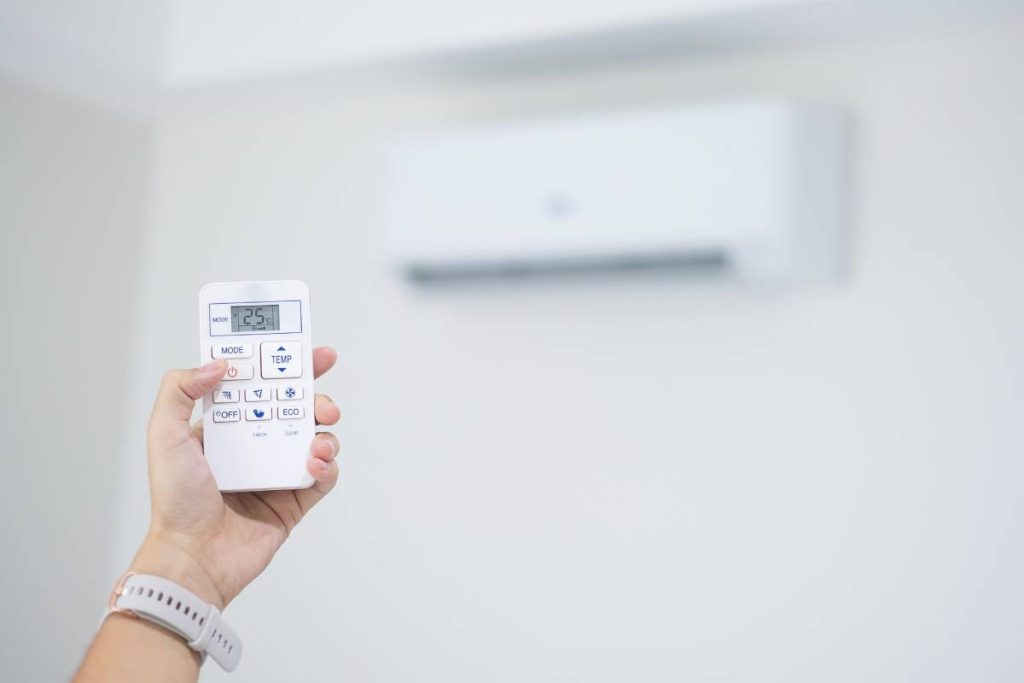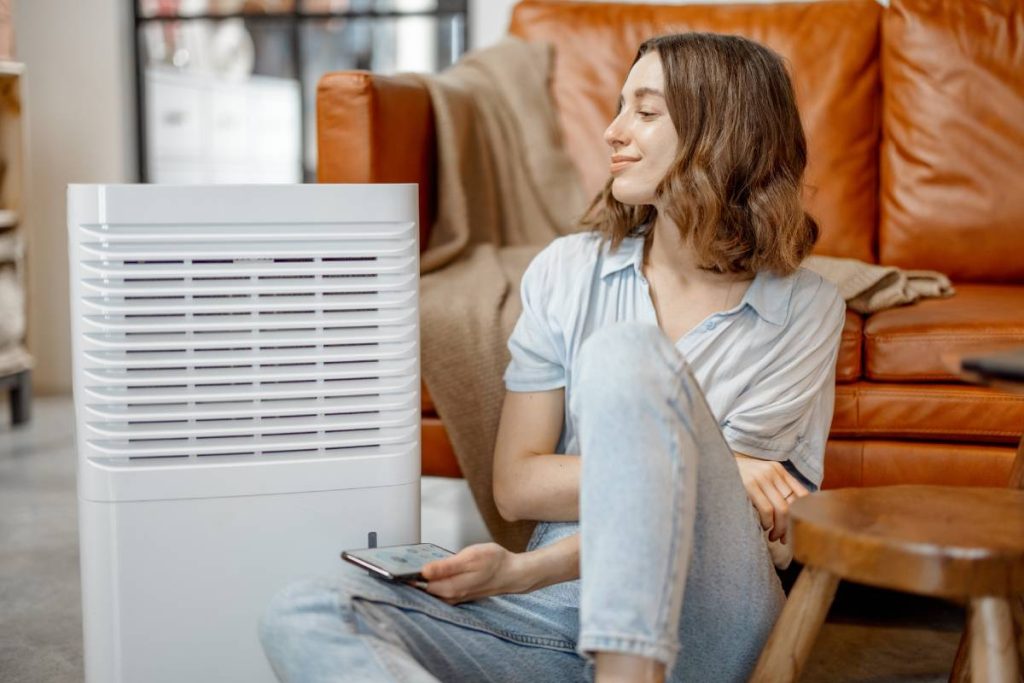We’re debunking myths about air purifiers and explaining the science behind their effectiveness. Air purifiers, often chosen by people aiming to reduce exposure to common household pollutants like dust and pollen, claim to clean the air in our homes.
The importance of maintaining good indoor air quality has gained attention recently due to concerns about COVID-19 aerosols. The popularity of air purifiers isn’t just due to the pandemic – factors like wildfires and increased traffic pollution worldwide have led many to seek ways to reduce exposure to smoke particles, carbon, and other pollutants.
It’s essential to note that, just like a dishwasher and anything else, buying an air purifier isn’t a one-size-fits-all solution. We’re examining manufacturers’ claims and uncovering the truth behind them.
If you’re curious to learn more, check out our investigation into how air purifiers actually work.
Air Purifier Types
Before we dive into debunking air purifier myths, let’s first understand the various features found in these devices:
- HEPA filter: An air purifier equipped with a HEPA filter effectively removes more particles from the air compared to those lacking this feature. Be cautious of terms like HEPA-type or HEPA-style, as they may not meet industry standards. It’s important to note that HEPA filters cannot completely eliminate viruses.
- Carbon filter: Air purifiers with carbon filters not only capture particles but also trap gases and volatile organic compounds (VOCs) released by common household items like cleaning products and paints.
- Sensors: Air purifiers with air-quality sensors activate when they detect pollutants, offering information about the air quality in the room. Smart air purifiers, connected to the internet, can send detailed reports directly to your smartphone for convenient indoor air quality monitoring.

Debunking 6 Air Purifier Myths
Myth: Air purifiers improve your health
Air purifiers operate by filtering out certain particles from the air, potentially providing relief for asthma and allergy sufferers. The British Lung Foundation suggests that individuals with confirmed pet allergies can use air purifiers with High-Efficiency Particulate Air (HEPA) filters to reduce airborne pet allergens.
However, the effectiveness of an air purifier in managing causes and reducing symptoms depends on its ability to capture specific allergens. Dr. John O Warner OBE, an expert in pediatrics, notes that dust mites or pet dander embedded in furniture or carpets may not be effectively captured.
So, while the idea that air purifiers can improve health isn’t entirely false, it varies for each individual. It’s crucial to choose a system that suits your needs. Additionally, before purchasing, ensure the air purifier is ozone-free, as some emit low levels of ozone that can worsen asthma symptoms, according to Asthma UK. Always consult with a healthcare professional if you have health concerns or need guidance on managing a diagnosed medical condition.
Myth: If you have an air conditioner, you don’t need an air purifier.
Let’s clear up this myth quickly because, in simple terms, it’s not accurate. While air conditioner systems may have basic filtration functions, they can’t effectively filter out microscopic particles like a HEPA filter can. Air conditioners primarily control room temperature and are not designed to trap airborne pollutants. However, you can use both an air conditioner and an air purifier simultaneously to achieve both temperature regulation and effective air purification.

Myths: Air purifiers require a HEPA filter to be effective.
Most air purifiers consist of filters and a fan that pulls in and circulates air. As air passes through the filter, it captures particles, and the purified air is released back into the living space.
While any air purifier will remove some particles, those equipped with a HEPA filter—with multiple layers of netting or mesh made from interwoven glass fibre
Myth: Air purifiers offer protection against COVID-19.
The effectiveness of air purifiers in preventing the spread of COVID-19 particles has been widely discussed. A £1.8 million study supported by the Department for Health and Social Care is currently underway in 30 UK primary schools to assess the ability of air-cleaning systems to eliminate the virus.
Is this a myth about air purifiers that needs clarification? According to Dr. Warner, viruses are typically smaller than the limits set by HEPA filters. However, since viruses are often in aerosol form, an air filter might capture them after the aerosol has evaporated, providing some benefit. Nonetheless, the filter is effective against bacteria, which are usually around 0.3 microns.
Dr. Warner suggests that, until more conclusive scientific evidence is available, the best approach is to ensure good ventilation in indoor spaces. “Allowing airflow to carry particles away by keeping a door or window open is often more effective than relying solely on an air purifier,” he said.
Myth: Air purifiers are dangerous.
It’s a case-by-case situation. While all electrical devices emit electromagnetic field (EMF) radiation, the levels from household appliances such as microwaves, cell phones, Wi-Fi routers, and air purifiers are generally not high enough to pose a danger. When it comes to air purifiers, the key factor is the design. Some models generate ozone, which is harmful. It’s crucial to avoid those that produce ozone. Look for air purifiers with UL2998-listed ionizers, indicating they are ozone-free and safe, like the models from ISO-Aire.
Myth: Washable air purifiers are as effective as HEPA air purifiers.
Washable air purifiers have washable filters, but these are not HEPA filters. As a result, they cannot capture smaller particles like germs, which HEPA filters can effectively target. If your aim is to improve indoor air quality, it’s not advisable to substitute a HEPA filter, especially because washable filters become less effective after each wash.

Not myth: Air purifiers reduce VOCs effectively.
Absolutely true! Choosing the right air purifier can significantly decrease the levels of VOCs (volatile organic compounds) in your surroundings. According to the EPA, VOCs are gaseous compounds generated by human-made chemicals that can pose health risks. These compounds are commonly found in various household products like cleaners, paints, varnishes, furnishings, and detergents.
Considering that indoor concentrations of VOCs are often higher than outdoor levels, maintaining low VOC concentrations is crucial to prevent adverse health effects such as headaches, nausea, fatigue, and even more serious issues like cancer or death.
ISO-Aire HEPA air purifiers are equipped with three levels of air cleaning technologies, including a highly effective 99.97% HEPA filter, ozone-free bipolar ionization, and germicidal UVC. These features work together to eliminate VOCs, germs, and allergens, ensuring cleaner and safer air for you.
In conclusion
Understanding the facts and dispelling common myths about air purifiers is essential for making informed decisions about their use. While air purifiers can effectively reduce VOCs and contribute to a healthier indoor environment, it’s crucial to choose models that prioritize safety, avoiding those that generate harmful ozone.
Additionally, recognizing the limitations of washable filters in comparison to HEPA filters is vital for achieving optimal indoor air quality. By navigating through the misconceptions, we can harness the benefits of air purifiers and create a cleaner and safer living space for ourselves.

